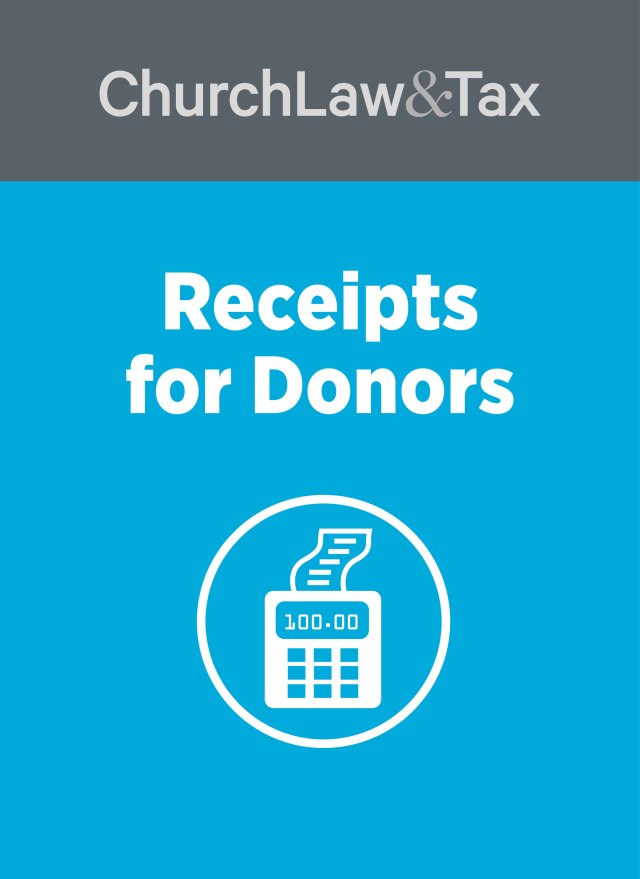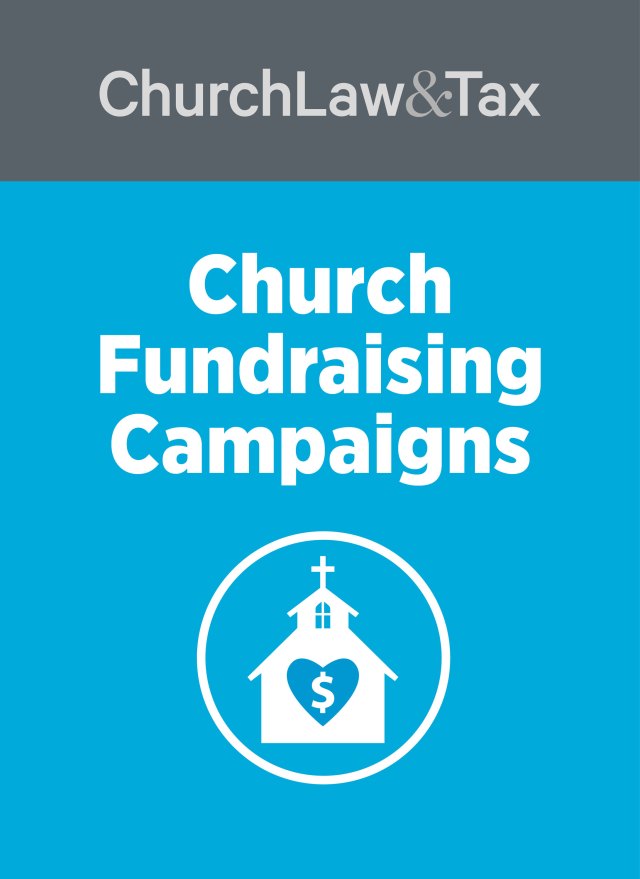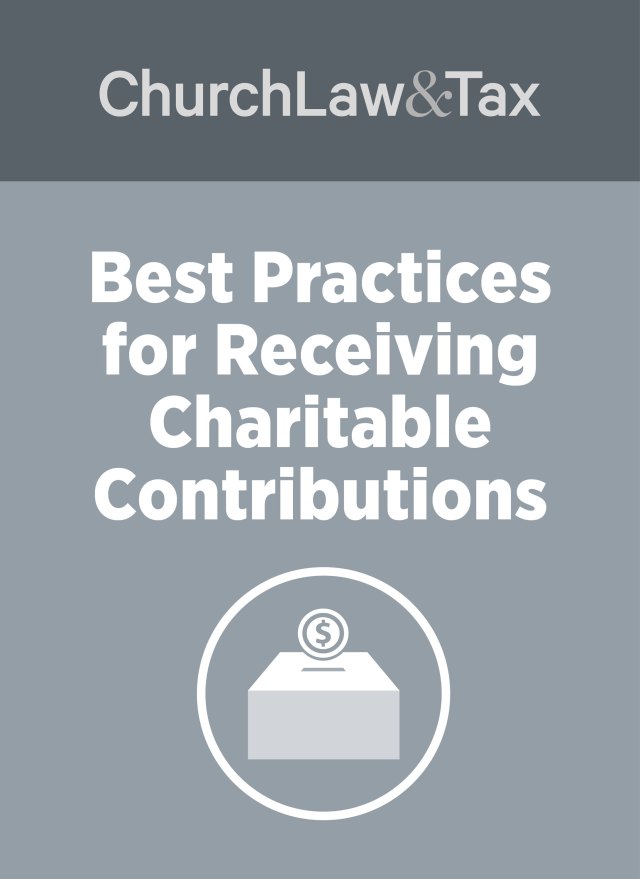Reference: Durden v. Commissioner, TC Memo. 2012-140 (2012)
Donors must follow specific IRS substantiation requirements to claim tax deductions for charitable contributions. These rules, particularly for contributions of $250 or more, are crucial for churches and donors to understand and comply with.
IRS Requirements for Substantiating Contributions
The IRS outlines three key requirements under section 170(f)(8) of the tax code:
- Written Acknowledgment: The acknowledgment must state the contribution amount, whether goods or services were provided in exchange, and a description of any such goods or services.
- Contemporaneous Documentation: Donors must obtain the acknowledgment on or before the earlier of the tax return filing date or its due date.
- Specificity: If only intangible religious benefits were provided, this must be explicitly stated in the acknowledgment.
Case Analysis: Durden v. Commissioner
In this case, a couple claimed deductions for $250+ donations to their church but failed to meet substantiation requirements. The IRS disallowed their deduction due to:
- Lack of a statement regarding goods or services in the church’s initial acknowledgment.
- Failure of the second acknowledgment to meet the contemporaneous requirement.
Practical Tips for Churches
Churches play a key role in ensuring donors can claim deductions:
- Issue receipts with all required details, including a statement about goods or services provided.
- Use language like: “No goods or services were provided in exchange for your contributions, other than intangible religious benefits.”
- Maintain accurate records and provide donors with timely acknowledgments.
Examples of Proper Acknowledgments
Here are examples of IRS-compliant receipts:
- “Thank you for your cash contribution of $300 received on [date]. No goods or services were provided other than intangible religious benefits.”
- “Thank you for your contribution of a used oak baby crib and dresser received on [date]. No goods or services were provided.”
Noncash Contributions
For noncash contributions exceeding $500, donors must complete IRS Form 8283. Ensure donors are aware of these requirements, especially for higher-value items.
Conclusion
Failure to meet IRS substantiation rules can jeopardize tax deductions for donors. Churches must prioritize proper acknowledgment practices to safeguard both donor relationships and compliance with tax laws.
FAQs About IRS Substantiation Requirements
- What is required in an acknowledgment for contributions of $250 or more? The acknowledgment must state the amount, describe any goods or services provided, or confirm that only intangible religious benefits were received.
- What happens if the acknowledgment is issued late? The IRS requires acknowledgments to be contemporaneous. Late acknowledgments may disqualify deductions.
- Are separate contributions under $250 aggregated for substantiation? No, contributions under $250 are not subject to these additional requirements, even if they total $250 or more over the year.
- What is the rule for noncash contributions? Donors must complete Form 8283 for noncash contributions exceeding $500 and meet additional requirements for higher values.





